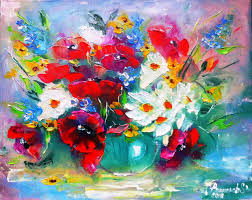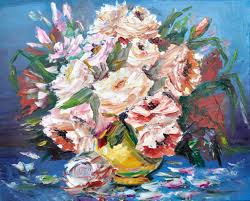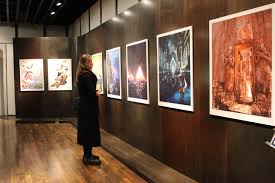Monthly Archives: July 2018
LENINGRAD SCHOOL OF PAINTING (part 2)
 In the narrow, literal sense, the Leningrad school usually means the Leningrad Institute of Painting, Sculpture and Architecture named after I.E. Repin (LIZHSA) from 1932 until the early 1990s, its traditions, teachers, pupils and their artistic heritage.
In the narrow, literal sense, the Leningrad school usually means the Leningrad Institute of Painting, Sculpture and Architecture named after I.E. Repin (LIZHSA) from 1932 until the early 1990s, its traditions, teachers, pupils and their artistic heritage.
In a broader sense, the concept of “Leningrad school”, in addition to the LIJSA named after I. E. Repin, includes a group of institutions closely associated with the institute of higher and secondary educational institutions, as well as the Leningrad Union of Artists from its inception in 1932 until the beginning of the 90s. x years. Continue reading
LENINGRAD SCHOOL OF PAINTING (part 1)
 The history of the Leningrad school of painting covers the period from the beginning of the 1930s to the beginning of the 1990s. Having arisen in the midst of a heated struggle over the development of art and art education in the USSR, it became that missing link, thanks to which the traditions of the national art school and realistic painting were preserved and received a new development.
The history of the Leningrad school of painting covers the period from the beginning of the 1930s to the beginning of the 1990s. Having arisen in the midst of a heated struggle over the development of art and art education in the USSR, it became that missing link, thanks to which the traditions of the national art school and realistic painting were preserved and received a new development.
Having made a significant contribution to Soviet fine art, to the formation of aesthetic views and the spiritual world of modern generations, the Leningrad school left the stage at the turn of the 80-90s, fulfilling its historical and artistic mission and giving way to the era of the transitional period. Continue reading




